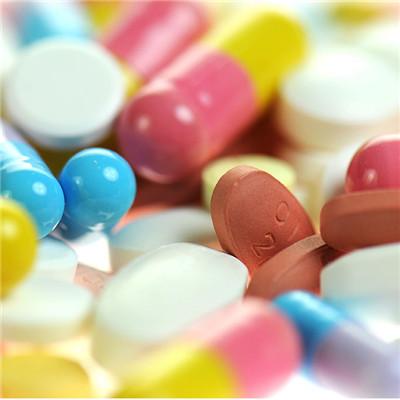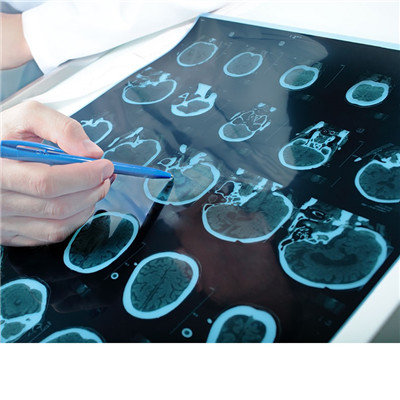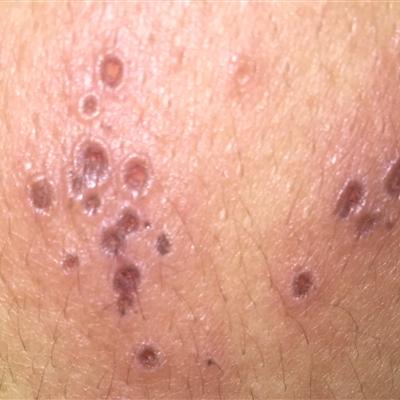How is infective abdominal aortic aneurysm caused?
summary
Infective abdominal aortic aneurysm is caused by bacterial infection of abdominal aorta. It was reported by whillian Osler in 1885. Compared with atherosclerotic abdominal aortic aneurysm, infective abdominal aortic aneurysm has a tendency of rapid enlargement, easy rupture and difficult early diagnosis. How is infective abdominal aortic aneurysm caused?
How is infective abdominal aortic aneurysm caused?
Direct or indirect infection of aorta by pathogenic microorganisms is the main cause of infectious abdominal aortic aneurysm. Before antibiotics were widely used, a-hemolytic Streptococcus, pneumococcus, Mycobacterium tuberculosis and Treponema pallidum were the main pathogens. With the increase of abdominal aorta penetrating injury and the development of vascular surgery, the proportion of Staphylococcus infection has increased. Staphylococcus aureus and Salmonella infection are the most common pathogens, accounting for about 40% and 20% respectively. More than 20% of the patients are infected by anaerobic bacteria, and a small number of drug-resistant staphylococcus strains have been reported. In particular, it should be emphasized that Salmonella is angiophilic and can cause structural damage of normal arterial wall to form pseudoaneurysm.

The preoperative diagnosis rate of infective abdominal aortic aneurysm is less than 50%. Because the aneurysm often grows rapidly and may rupture suddenly to death, early diagnosis is very important to improve the curative effect. Therefore, infectious AAA should be considered in patients with long-term unexplained fever, repeated bacteremia, rapid tumor enlargement and lack of calcification. B ultrasound, CT scan and arteriography are helpful for early diagnosis.

Infective abdominal aortic aneurysm (IAA) is a kind of fulminant infection. Early treatment is necessary to avoid rupture. Antibiotic treatment alone can not reduce the incidence of rupture. Effective antibiotics should be used at the same time of active operation. The surgical method is to remove the infected aneurysm, thoroughly remove the adjacent infected and necrotic tissue, and take the anatomical or non anatomical approach of artificial blood vessel transplantation.

matters needing attention
Brown et al. Reported 51 cases of infective abdominal aortic aneurysms, 61% of which underwent Dacron vascular anatomical reconstruction, with a mortality rate of 32%, reinfection rate of 16%, and 8 cases of non anatomical reconstruction, with a mortality rate of 13%. However, with the application of high-efficiency antibiotics, according to the intraoperative situation, we choose the way of revascularization. Crawford et al reported that the postoperative survival rate of infectious abdominal aortic aneurysm was 80%, only one case of infection recurrence. Therefore, the key to improve the success rate of surgery is early correct diagnosis, correct choice of surgical methods and application of reasonable and effective antibiotics.














